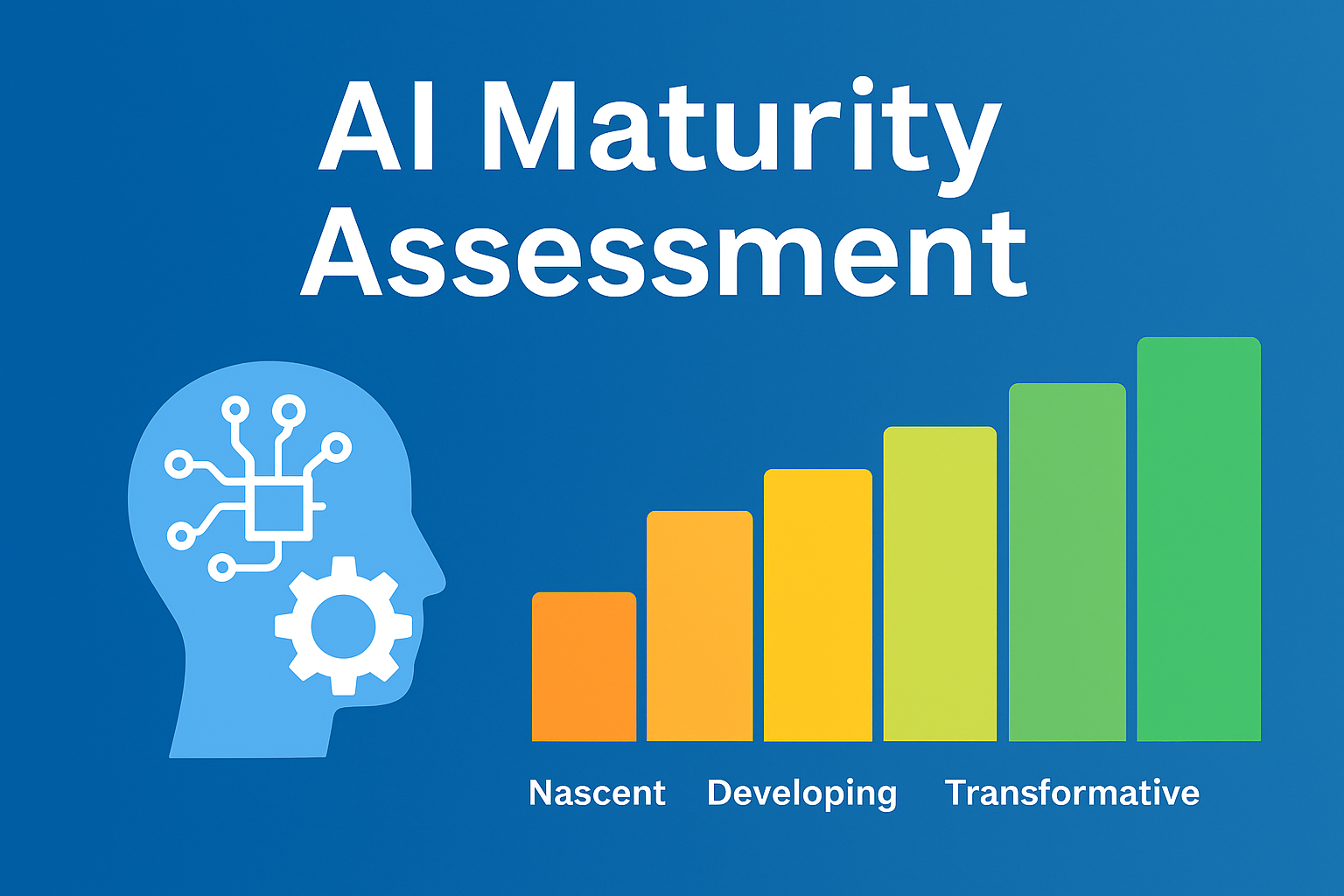Introduction
In today’s fast-paced real estate market, mobile applications like Property Finder have revolutionized how buyers, sellers, and real estate professionals connect and conduct business. An app that provides up-to-date listings, detailed property information, and valuable market insights can be an indispensable tool. If you’re considering developing a similar real estate app, understanding the cost factors involved is crucial. This blog explores the key elements that influence development costs, helping you make informed decisions regarding your project.
Understanding the Cost Factors of Real Estate App Development Like Property Finder
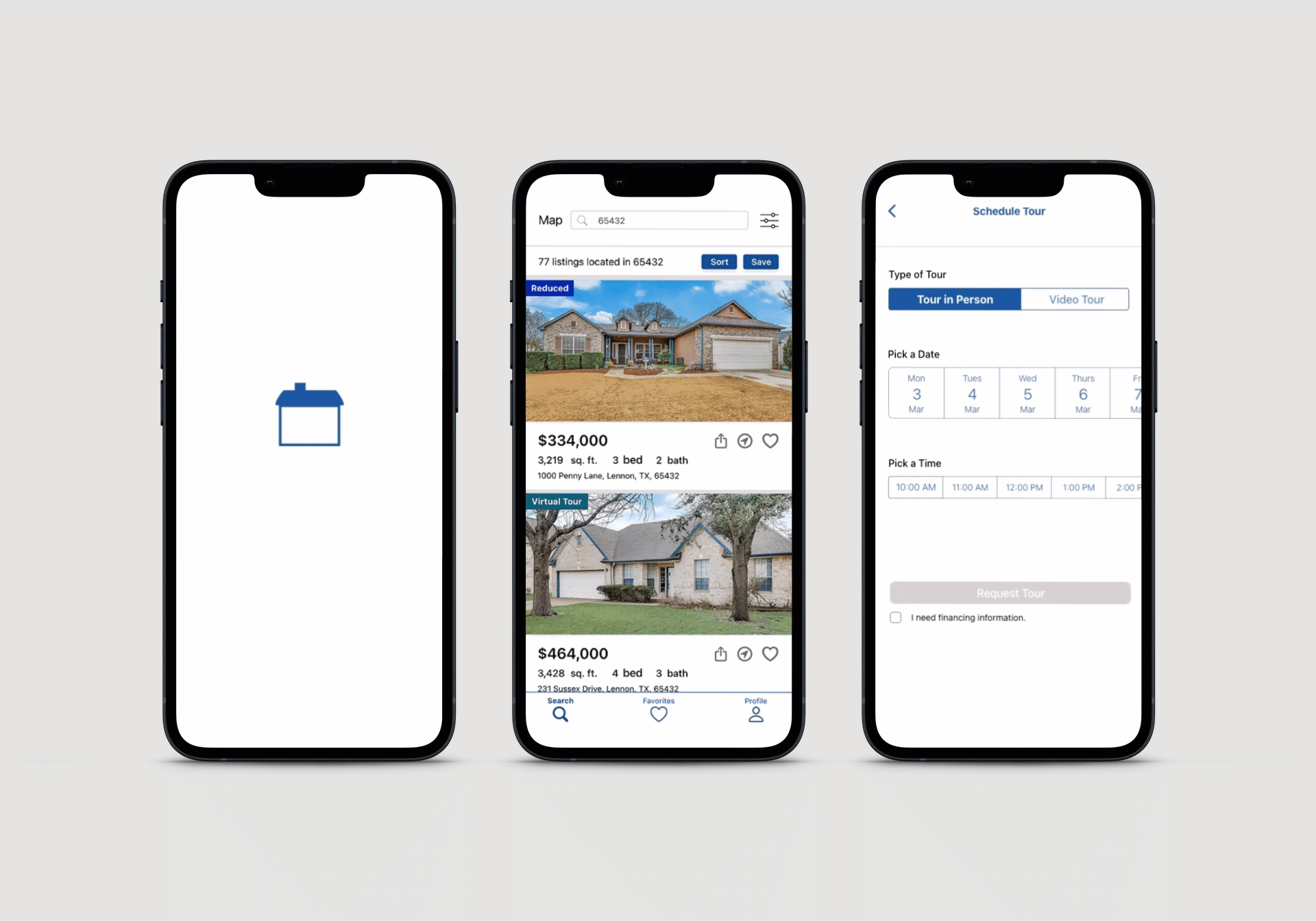
Importance of Features and Functionalities
When developing a real estate app like Property Finder, the selection of features and functionalities plays a crucial role in determining the overall cost. Essential features such as property listings, search filters, property details, image galleries, and maps integration are foundational. However, the addition of advanced functionalities like VR property tours, AI-based chatbots for customer support, and real-time analytics significantly increase the development efforts and costs. User account management and notification systems also add to the complexity. Each additional feature requires more time for development and testing, which in turn raises the cost.
Design Elements Influence on Costs
The user interface (UI) and user experience (UX) design of a real estate app are critical in attracting and retaining users. A visually appealing and easy-to-navigate app will likely engage users more effectively, but achieving this requires skilled designers, which can be costly. Complex graphics, custom animations, and a unique design theme can significantly enhance the user experience but also require additional resources. Responsive design, which ensures the app works seamlessly across various devices and screen sizes, also adds to the cost.
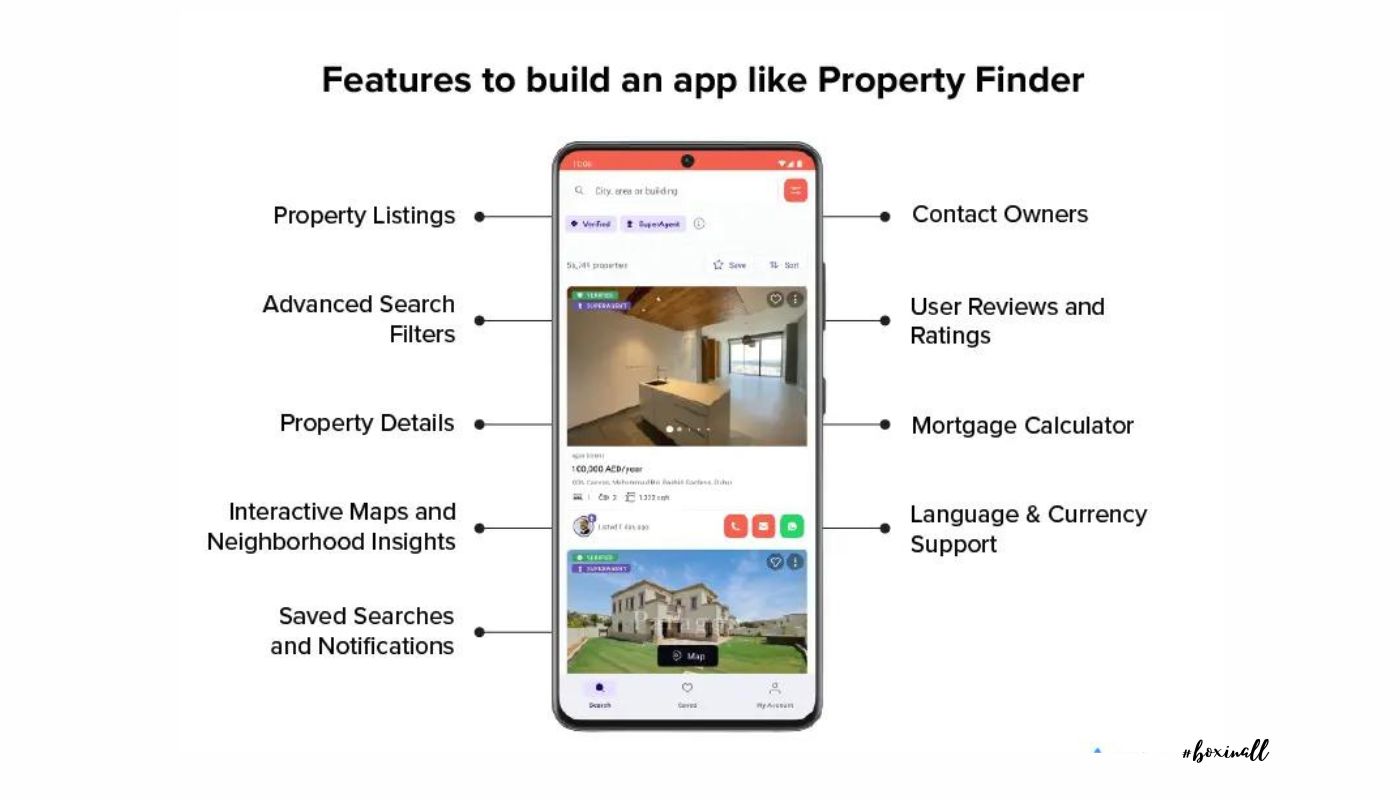
Technology Stack and Development Costs
The selection of technology stack — the combination of programming languages, frameworks, and tools used — impacts the cost of app development significantly. Native apps developed specifically for iOS or Android platforms may offer a better user experience and performance but require separate development teams, doubling the effort. On the other hand, cross-platform solutions like React Native or Flutter can reduce costs and development time by using a single codebase for both platforms. However, the choice often depends on the specific requirements and goals of the app, with complex features sometimes necessitating more robust and expensive native solutions.

Key Considerations for Budgeting Real Estate App Development
Market Research and Competitive Analysis
Investing in thorough market research and competitive analysis before beginning the development process is crucial. Understanding the target market, user expectations, and features offered by competitors like Zillow or Trulia can help in making informed decisions about what features to include and what unique value proposition your app might offer. This upfront investment helps in avoiding costly reiterations and ensures the app’s market relevance, potentially saving money in the long term.
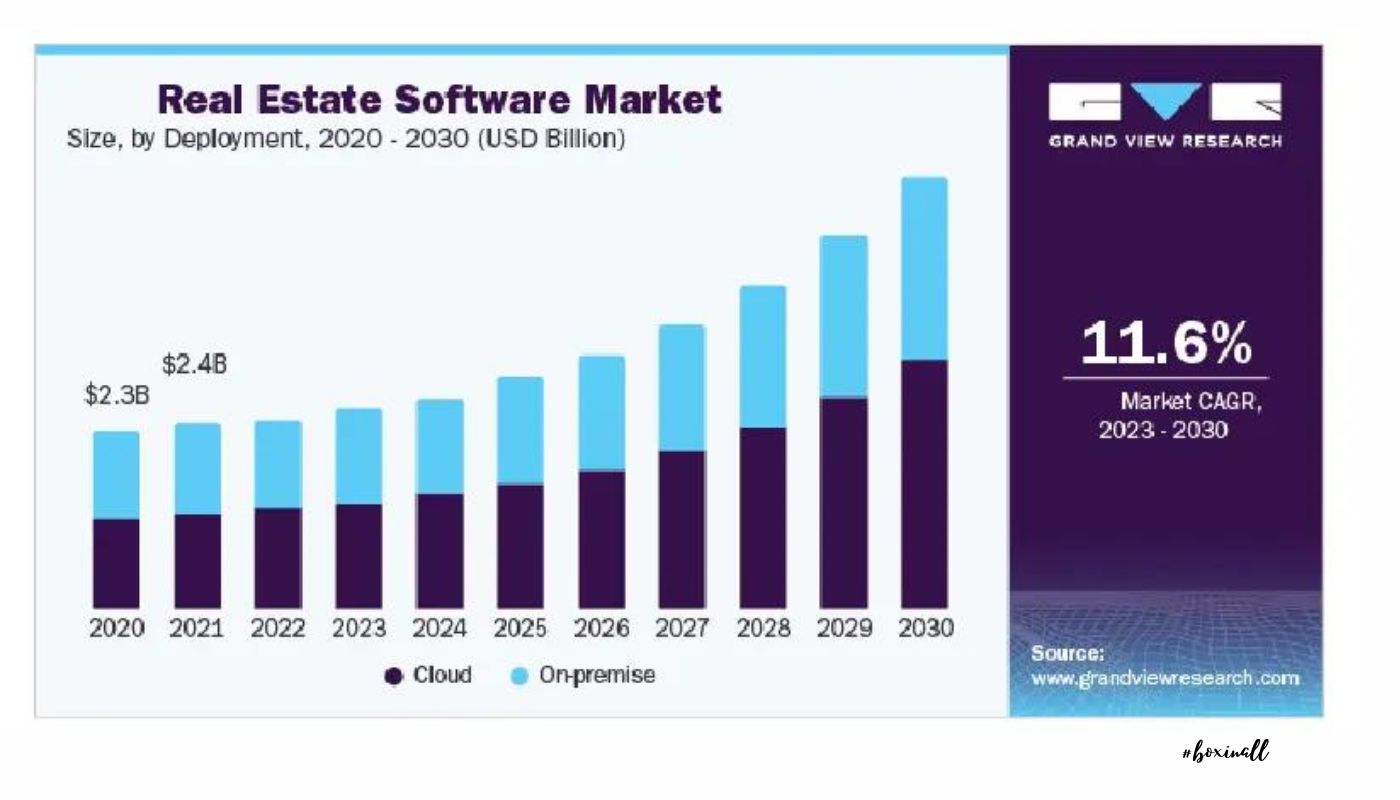
Scalability and Future-Proofing Expenses
Planning for scalability from the outset is essential in real estate app development. As your user base grows, the app should be able to handle increased loads and transactions without performance issues. Future-proofing the app by using updatable and maintainable code can prevent or reduce future costs related to technology changes and new feature additions. Allocating part of the budget for regular updates and potential scalability needs helps avoid larger expenditures down the line.
Third-Party Integrations and Data Sources
Real estate apps often rely on various third-party services for functionalities like maps integration, payment gateways, or property data feeds. Each integration can incur its own costs, depending on the service provider’s pricing model — be it a one-time fee, a subscription, or usage-based charges. Additionally, real estate data is crucial for such apps, and sourcing this data reliably and accurately usually involves costs either through API access fees or data licensing agreements. Carefully selecting service providers and negotiating terms can help manage these expenses more effectively.
Strategies to Optimize Real Estate App Development Costs
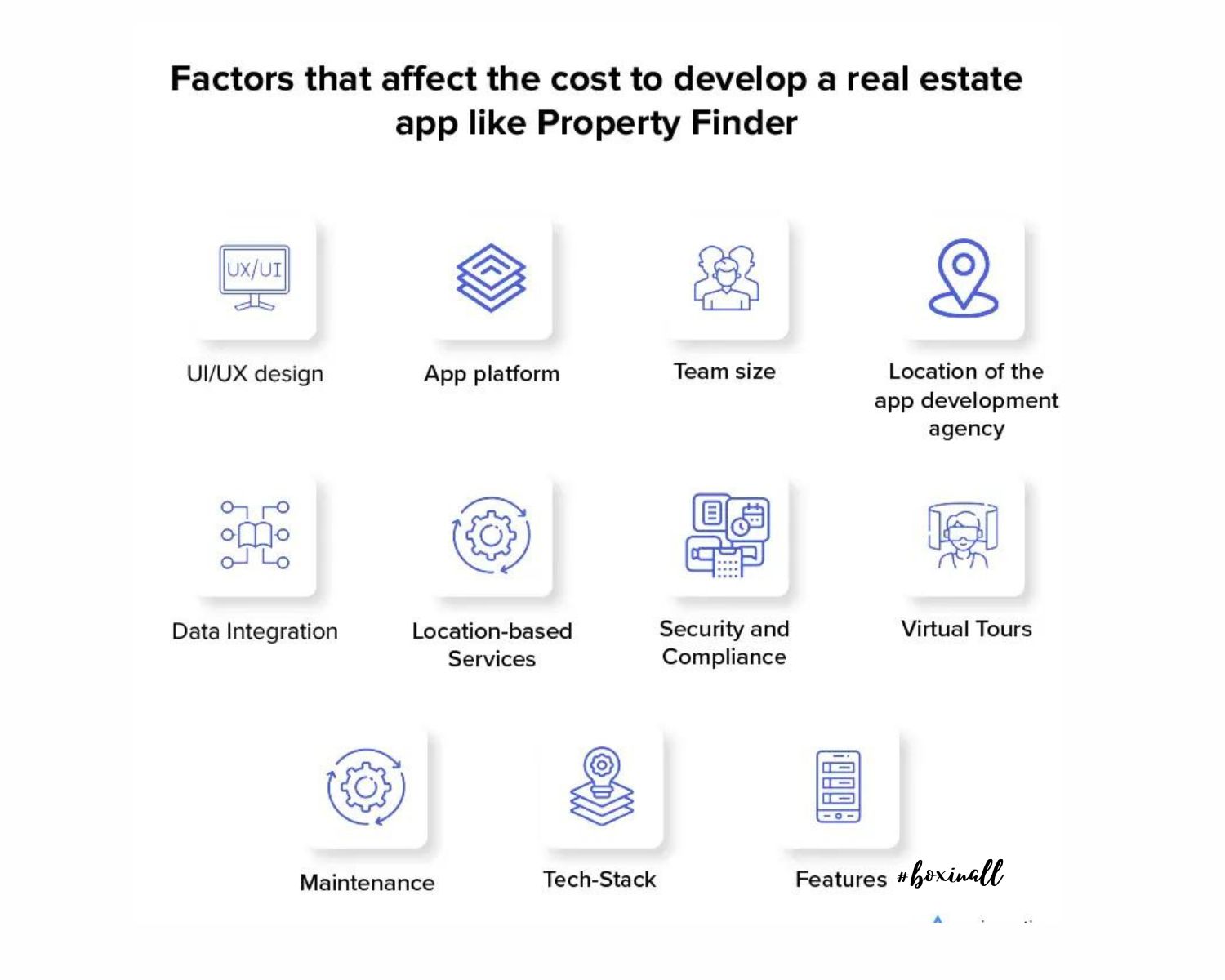
Agile Development Practices and Cost Efficiency
In the realm of real estate app development, embracing Agile methodologies can significantly enhance cost efficiency. Agile practices promote a flexible, iterative process, encouraging constant feedback and allowing adjustments during development. This adaptability prevents the excessive expenditures that often result from rigid, waterfall methodologies which do not accommodate changes easily. With Agile, teams can focus on delivering value incrementally, which means that the most critical features are developed first, ensuring the app starts providing return on investment sooner rather than later. Moreover, such practices foster better collaboration between developers, stakeholders, and users, which invariably leads to more effective and targeted feature development.
MVP Approach for Cost-Effective Prototyping
Starting with a Minimum Viable Product (MVP) is another strategic approach to manage costs effectively while developing a real estate app like Property Finder. An MVP includes only the essential functionalities needed to release the product to the market. This not only speeds up the development process but also reduces costs by focusing resources on core features that meet the initial requirements of users. Additionally, an MVP allows developers to gather user feedback early and integrate it into subsequent iterations, thereby honing the app based on actual market needs without large-scale upfront investment in untested features.
Continuous Testing and Maintenance Benefits
Incorporating continuous testing and regular maintenance into the development lifecycle of a real estate app is vital in optimizing costs. By identifying and fixing bugs during the development phase, you avoid the high costs associated with rectifying issues after the app’s release. Regular updates and maintenance not only help in keeping the app relevant and functional in the changing market environment but also prevent expensive downtime and enhance user satisfaction. This proactive approach in testing and maintenance can significantly reduce long-term costs and safeguard the investment.
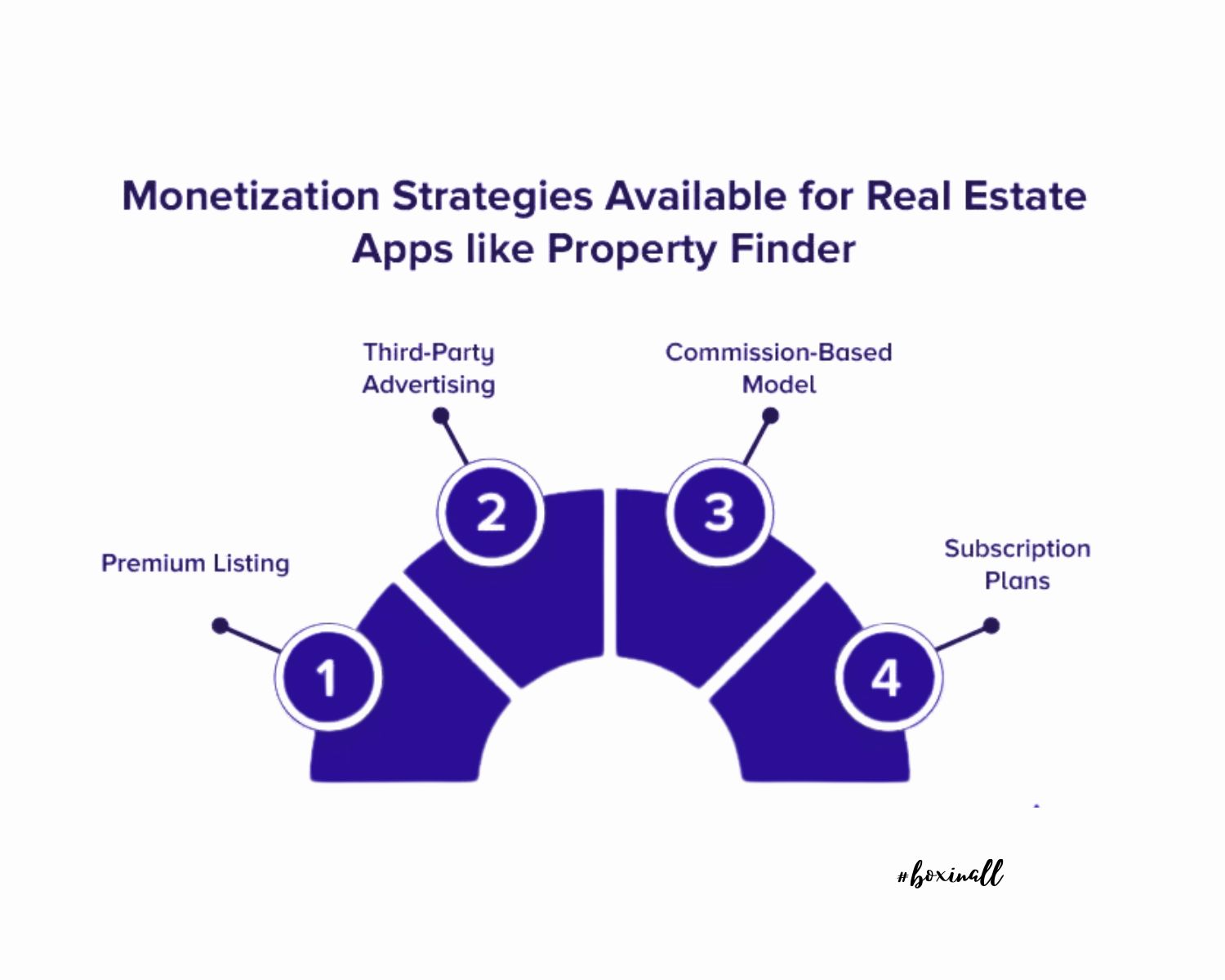
Navigating Challenges in Real Estate App Development Cost Estimation
Scope Creep and Cost Overruns
Scope creep, the uncontrolled changes or continuous growth in a project’s scope, is one of the primary challenges in real estate app development cost estimation. This can occur due to unclear project requirements, lack of stakeholder engagement, or miscommunications. Implementing strict change management processes and maintaining regular communication with all stakeholders can help in managing and minimizing scope creep. Additionally, thorough initial planning and stakeholder agreement on clear, measurable objectives are crucial in preventing cost overruns and ensuring the project remains within budget.
Managing Vendor Relationships and Expenses
When developing a real estate app, managing vendor relationships and associated expenses can be quite challenging but is essential for cost control. Selecting the right vendors who deliver quality and value, negotiating terms that align with project budgets, and continuously monitoring their performance against agreed benchmarks are critical practices. Building solid relationships and maintaining clear communication can also lead to more favorable pricing and service conditions, which significantly impact the overall development cost.
Regulatory Compliance and Security Costs
Compliance with local and international real estate regulations and ensuring app security are both non-negotiable yet potentially costly aspects of app development. Regulatory compliance may require additional functionalities to be built into the app, requiring more development time and resources. Similarly, implementing robust security measures to protect sensitive user data from breaches can increase upfront costs but is crucial to avoid hefty fines and loss of trust. Investing in expert legal and security advice during the early stages of app development can mitigate these costs and ensure compliance and safety without breaking the budget.
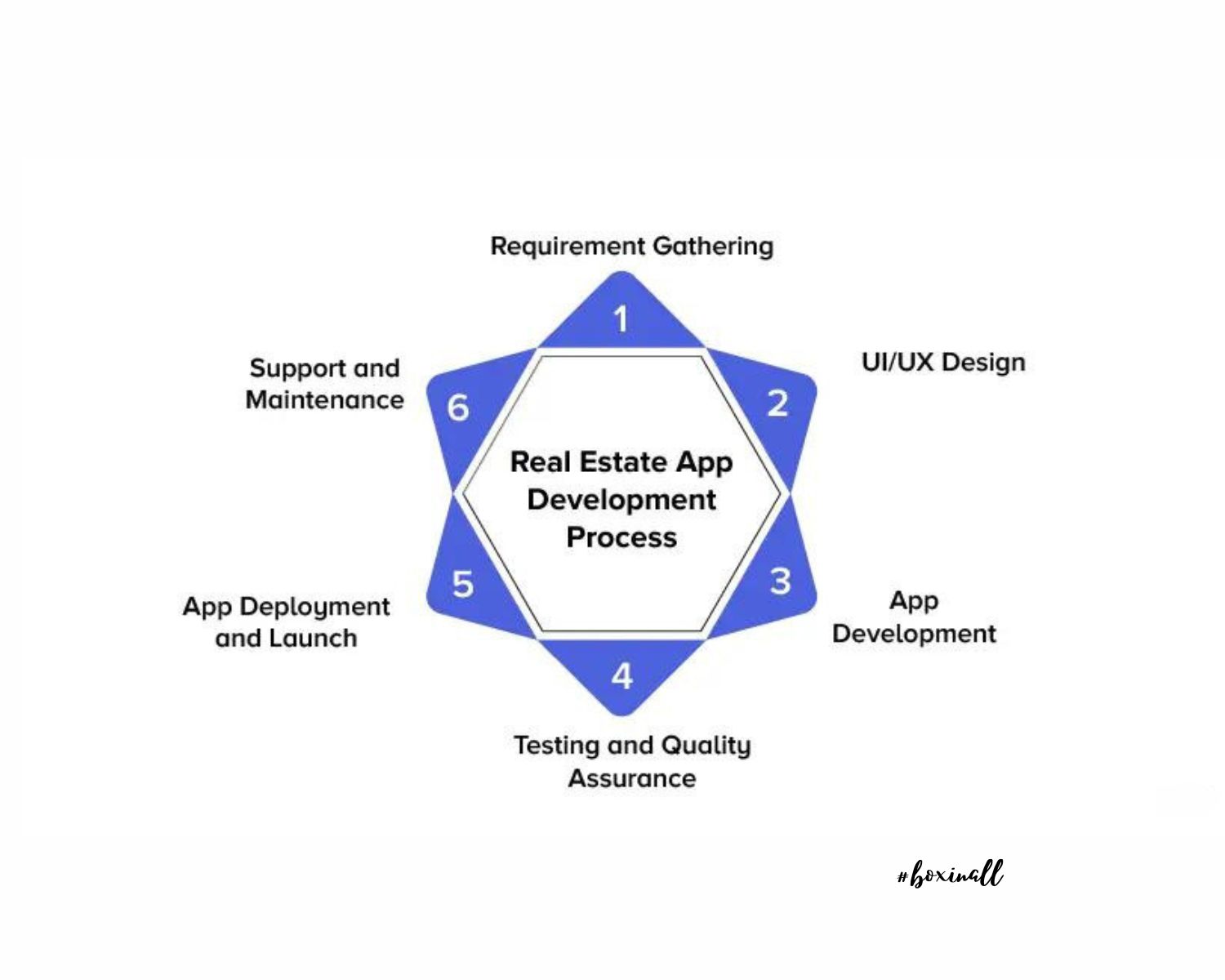
Real-World Examples of Real Estate App Development Costs
Exploring real-world examples is crucial in understanding the potential expenses involved in developing real estate apps like Property Finder. By looking into specific case studies and comparing various apps, potential developers and investors can gain insights into budget allocation and cost management.
Case Study: Successful Real Estate App Launch and Budget Breakdown
One insightful example is the development of a successful real estate app that launched in the US market in 2020. The app featured extensive property listings, detailed search capabilities, augmented reality viewing of properties, and real-time notifications. The total development cost was approximately $250,000. This budget was distributed as follows:
– Initial Concept and Planning: $10,000
– UI/UX Design: $40,000
– Software Development: $150,000
– Marketing and Promotion: $30,000
– Maintenance and Updates: $20,000
This breakdown shows a substantial portion of funds was dedicated to software development, reflecting the complexity and technical enhancements such as AR integration and data security measures.
Comparative Analysis of Different Real Estate Apps and Their Costs
Comparing various real estate apps, it’s clear that costs can vary significantly based on features and market requirements. For instance:
– A basic app with simple listing and search functionalities might cost around $50,000 to $100,000.
– More advanced apps, incorporating features like in-app messaging, financial calculators, or 3D virtual tours, may range from $100,000 to $300,000.
– High-end apps with features such as AI-based property recommendations, integration with local property laws, and high-level security measures can exceed $300,000.
These examples highlight the need for potential app developers to carefully consider which features are essential at launch and which can be added later, thereby managing the development budget more effectively. Understanding the specifics of what goes into each feature helps in planning a more accurate budget.
Conclusion: Factors to Keep in Mind for Cost-Effective Real Estate App Development
When planning to develop a real estate app akin to Property Finder, adhering to a budget while achieving quality can be a delicate balance. To ensure cost-effectiveness, prioritize features essential for your initial launch, and plan for scalable architectures. Choose an experienced development team because investing in quality initially can reduce costly fixes and updates later. Also, consider cross-platform tools to maximize reach while containing costs. By keeping these factors in mind, you can enhance your chances of delivering a successful app within your budget constraints.



